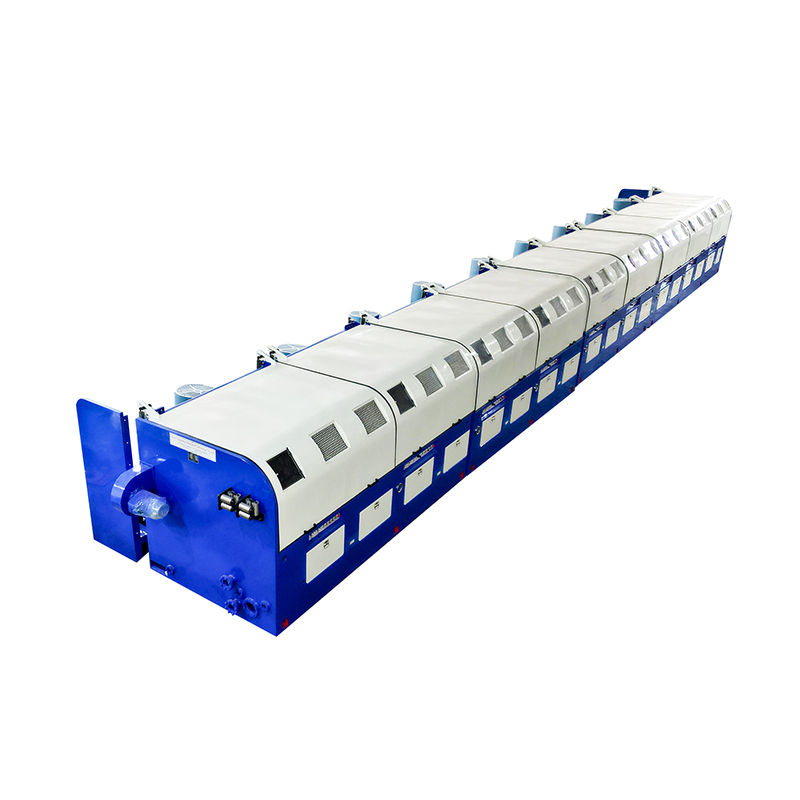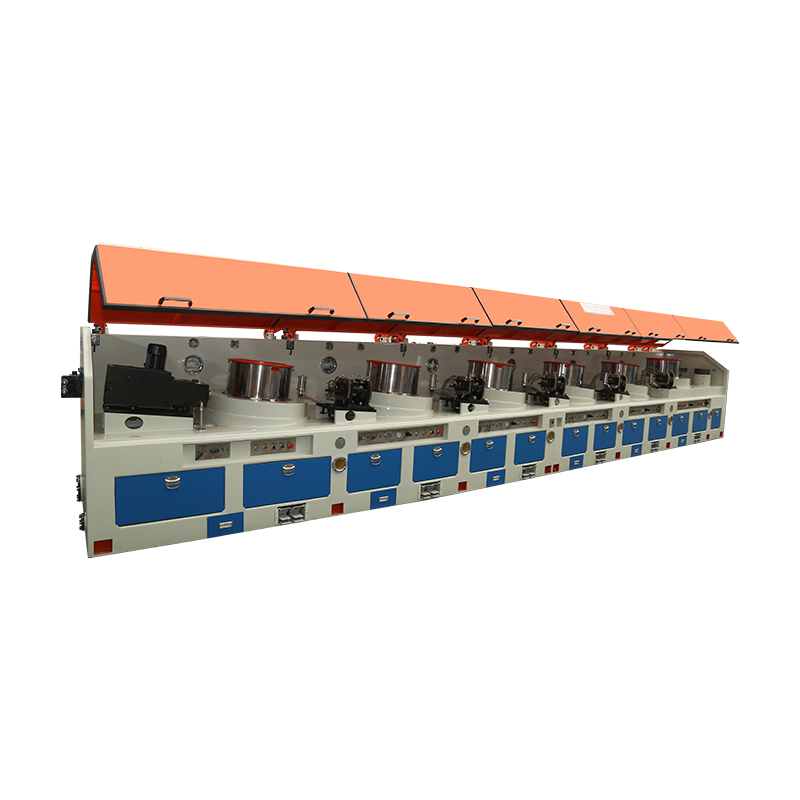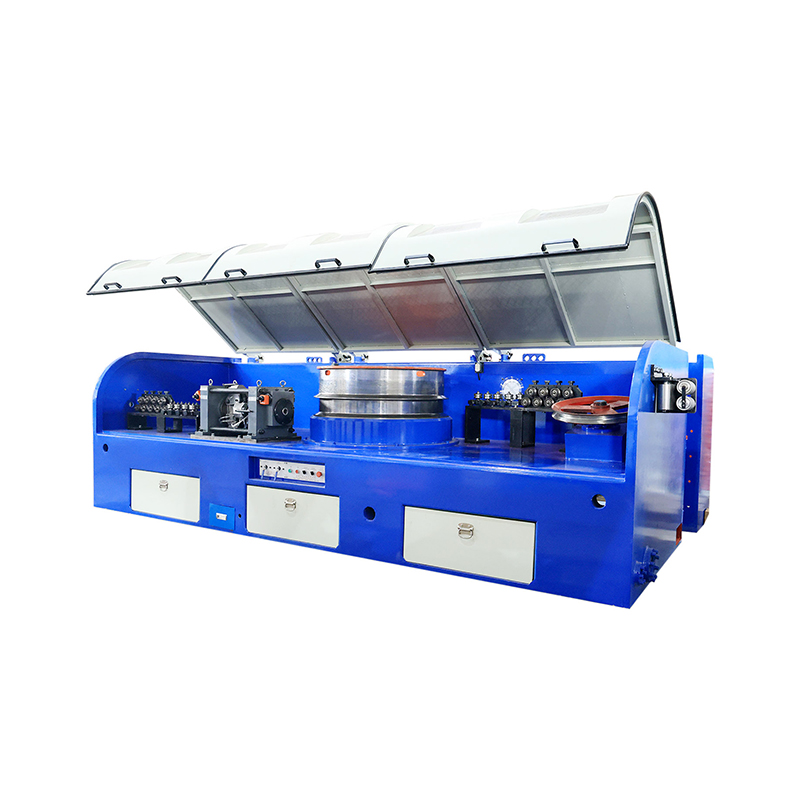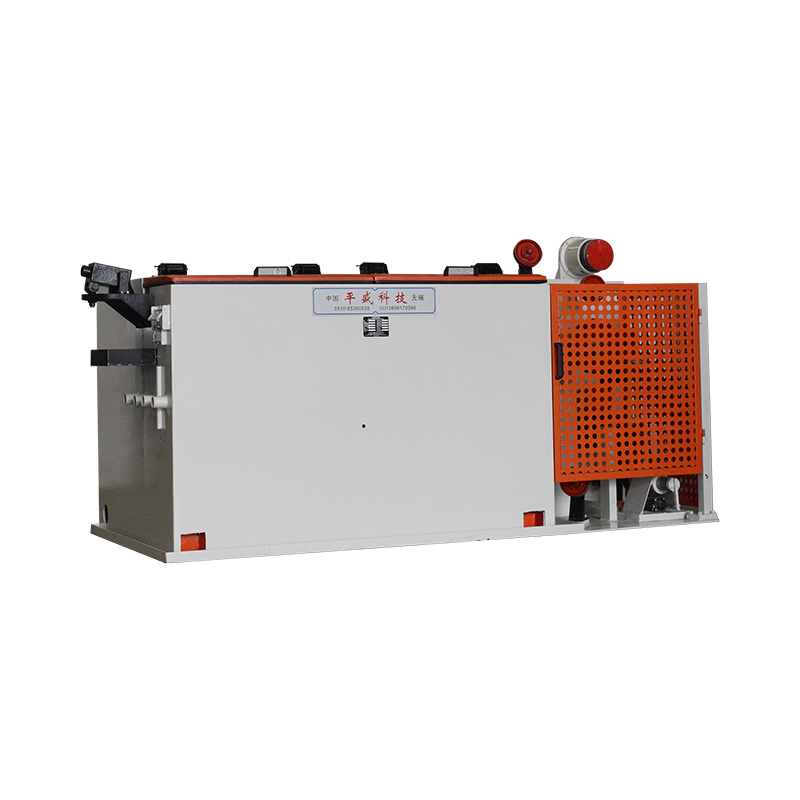What Types of Wires Can Be Produced Using an OTO Pulley Type Wire Drawing Machine?
Wire drawing is one of the most important processes in the metalworking industry, enabling the transformation of raw metal rods into wires of different diameters and properties. Among the many machines designed for this process, the OTO Pulley Type Wire Drawing Machine has gained a strong reputation for its efficiency, durability, and ability to produce a wide range of high-quality wires. Its distinctive design, which relies on a pulley system for tension control and cooling, makes it particularly well-suited for continuous and high-volume wire production. But what exactly are the types of wires that can be produced using this machine? This article explores the broad spectrum of wire types, materials, and applications enabled by the OTO pulley-type system.
1. Overview of OTO Pulley Type Wire Drawing Machine
Before discussing the types of wires, it is important to understand the machine itself. An OTO pulley type wire drawing machine operates by pulling a metal rod or thick wire through a series of progressively smaller dies. At each stage, the wire’s diameter is reduced, its length increases, and its surface becomes smoother.
The pulley system plays a crucial role in this type of machine. Unlike straight-line drawing machines, the OTO pulley system allows for intermediate storage of the wire loops on rotating pulleys. This design reduces the stress on the wire, improves cooling efficiency, and ensures better speed control. As a result, it can handle a variety of wire materials while maintaining quality and dimensional accuracy.
2. Types of Wires Produced
2.1 Carbon Steel Wires
One of the most common applications of OTO pulley type machines is in the production of carbon steel wires. These wires are widely used in construction, automotive, and industrial applications.
- Low-carbon steel wires: These are ductile, soft, and suitable for applications like binding wires, nails, and mesh production.
- High-carbon steel wires: These have higher tensile strength and are ideal for producing springs, cables, and reinforcement wires.
The pulley drawing process ensures that carbon steel wires maintain their mechanical strength while achieving precise diameters.
2.2 Stainless Steel Wires
Stainless steel wires require careful handling due to their toughness and higher resistance to deformation. The OTO pulley type machine is particularly effective in producing wires made from grades such as 304, 316, and 410 stainless steel.
These wires are used in:
- Medical equipment (surgical instruments, orthodontic wires)
- Food processing tools (mesh, cutting wires)
- Marine applications (corrosion-resistant cables and fasteners)
The machine ensures smooth finishes, which is especially important for wires used in hygiene-critical environments.
2.3 Copper Wires
Copper is one of the most essential wire materials due to its excellent electrical conductivity. OTO pulley type machines can draw copper rods into fine wires with consistent quality.
Applications include:
- Electrical wiring for homes, commercial buildings, and electronic devices
- Telecommunication wires such as LAN and telephone cables
- Automotive wiring harnesses
In these cases, maintaining surface smoothness and precise diameters is critical, and the pulley system’s cooling efficiency helps prevent oxidation or surface defects during high-speed drawing.
2.4 Aluminum Wires
Aluminum wires are lighter than copper and increasingly used in power transmission due to their lower cost and adequate conductivity. The OTO pulley type machine is capable of producing both bare aluminum wires and alloy aluminum wires.
Common applications:
- Overhead power transmission lines
- Busbars and transformer windings
- Aerospace and automotive lightweight electrical systems
The pulley design helps minimize breakage and improves elongation performance, which is crucial for aluminum’s softer structure.
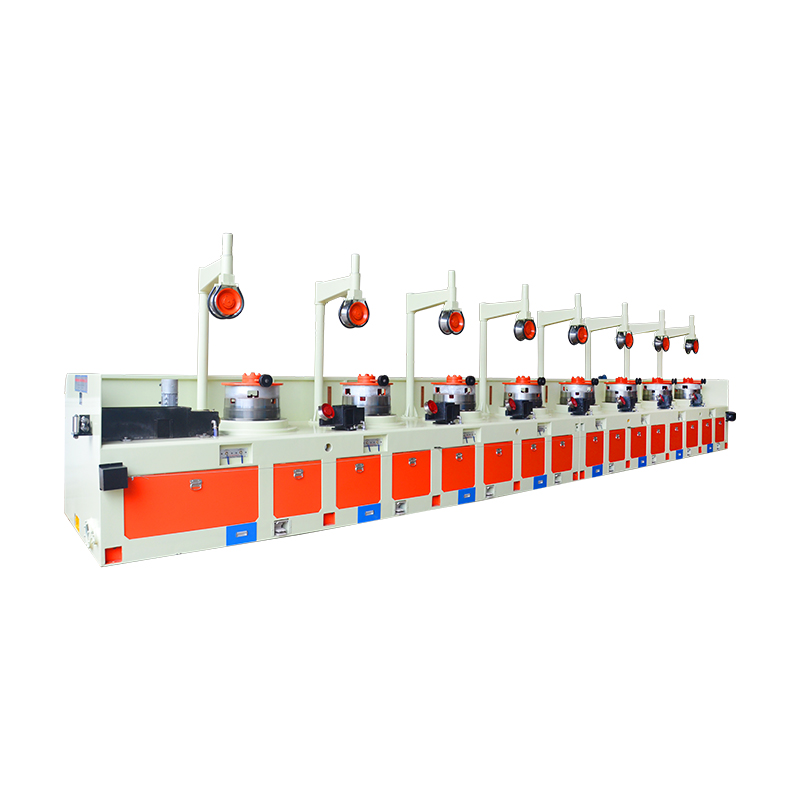
2.5 Alloy Wires
In addition to pure metals, the OTO pulley machine can produce alloy wires tailored for specific properties like strength, wear resistance, or corrosion protection. Examples include:
- Brass wires (copper + zinc): used in decorative items, zippers, and musical instruments.
- Bronze wires (copper + tin): widely used in electrical connectors and marine environments.
- Nickel-based alloy wires: ideal for high-temperature or corrosive environments such as aerospace and chemical industries.
These alloys require precise control of tension and temperature, which the pulley system provides.
2.6 Galvanized Wires
Galvanized wires are steel wires coated with zinc to provide corrosion resistance. OTO pulley type machines can be used to draw galvanized rods into thinner wires without damaging the protective coating.
Applications include:
- Fencing and barbed wires
- Electricity transmission and telecommunication cables
- Armored cable reinforcement
The gentle handling of the pulley machine ensures that the zinc layer remains intact during the drawing process.
2.7 Specialty Fine Wires
For industries requiring ultra-fine wires, such as electronics, medical devices, and instrumentation, OTO pulley type machines can produce wires with diameters as small as fractions of a millimeter.
Examples include:
- Enamel-coated copper wires for transformers and motors
- Fine stainless wires for surgical sutures
- Sensor wires used in aerospace and automotive control systems
The machine’s ability to control speed and tension at each pulley stage ensures accuracy and prevents wire breakage at micro-thin diameters.
3. Key Advantages of Wire Production on OTO Pulley Machines
3.1 Versatility
From heavy-duty steel cables to ultra-fine copper wires, the machine is adaptable to a wide range of metals and diameters.
3.2 Surface Quality
The cooling and looping process on pulleys allows for smoother wire surfaces, which is critical for applications like electronics and medical use.
3.3 High Productivity
These machines are designed for continuous production, enabling high output while maintaining wire consistency.
3.4 Cost-Effectiveness
By reducing wire breakages, energy losses, and downtime, the pulley system helps manufacturers cut operational costs.
4. Industrial Applications of Produced Wires
The wires produced by OTO pulley type machines are found in almost every sector:
- Construction: rebars, mesh, binding wires, nails
- Electrical and Electronics: cables, motor windings, PCB connectors
- Automotive: suspension springs, wiring harnesses, safety cables
- Aerospace: lightweight aluminum and nickel alloy wires
- Medical: orthodontic wires, surgical instruments, sutures
- Consumer Products: zippers, jewelry, musical instruments
This broad utility explains why pulley type machines remain a preferred choice in wire manufacturing plants worldwide.
5. Conclusion
The OTO Pulley Type Wire Drawing Machine is not just a specialized piece of equipment—it is a versatile workhorse capable of producing a diverse range of wires. From carbon and stainless steel wires to copper, aluminum, alloy, and even ultra-fine specialty wires, the machine adapts to multiple industries’ needs. Its design ensures consistent diameter control, superior surface quality, and efficient cooling, all of which are critical in modern applications that demand precision and reliability.
In essence, the types of wires that can be produced using an OTO pulley type machine are nearly limitless, spanning construction, electrical, medical, and industrial fields. Its adaptability and efficiency make it a cornerstone of the global wire production industry.


 EN
EN
 English
English Español
Español Français
Français Português
Português عربى
عربى

